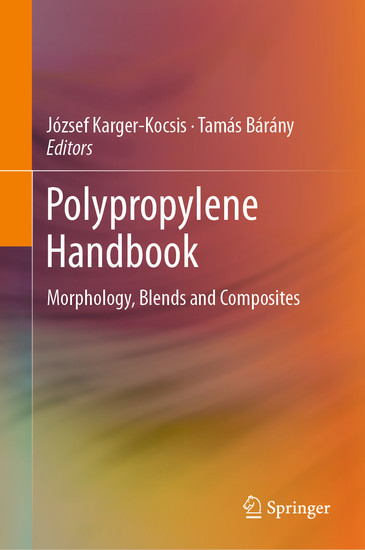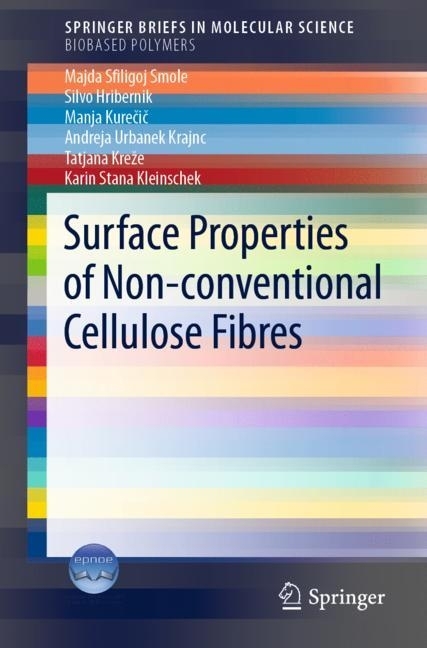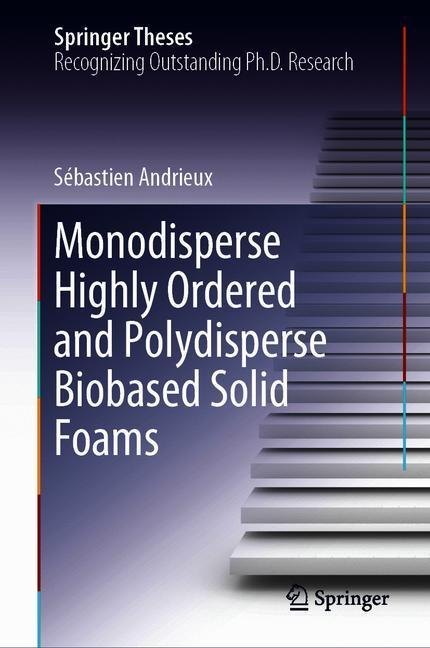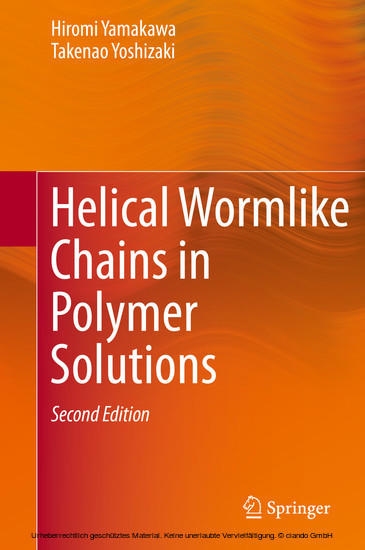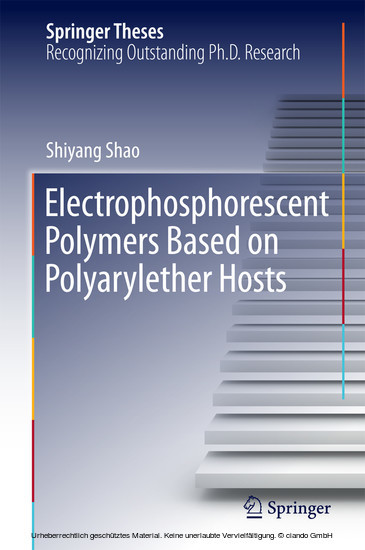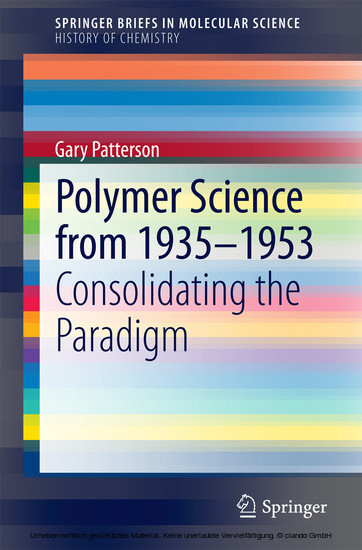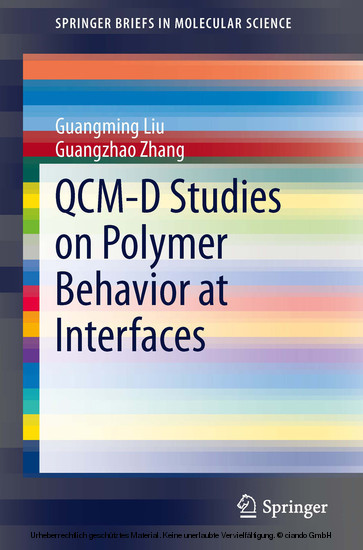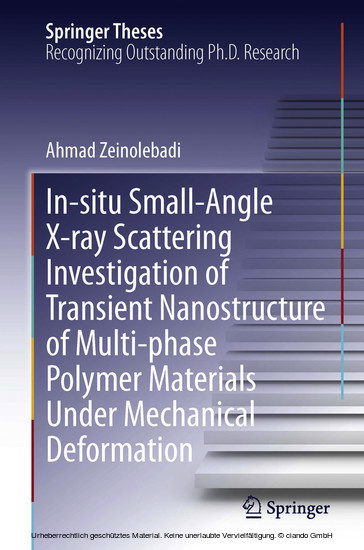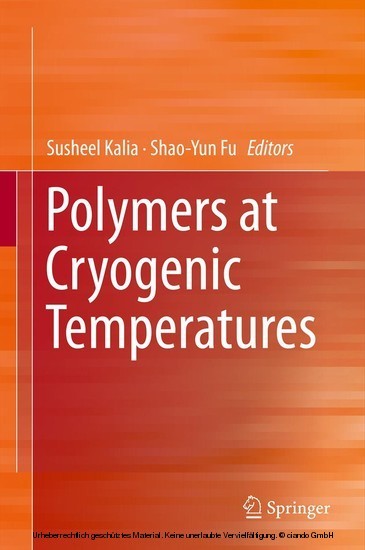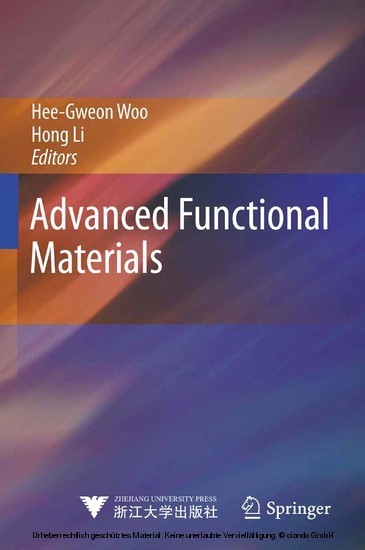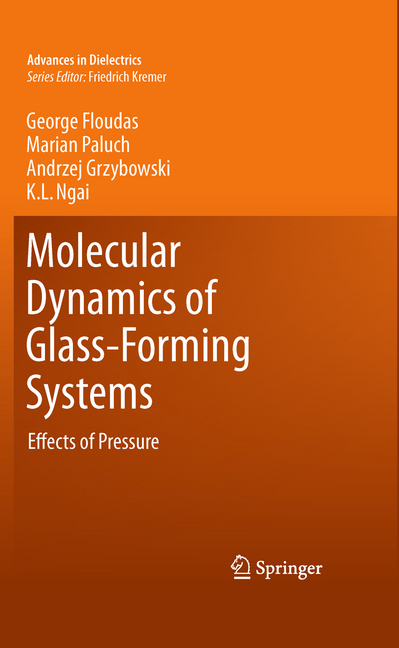Polypropylene Handbook
Readers are introduced to various tacticities and polymorphs of PP, and their effects on structural properties. Further, the book addresses the control of optical properties using nucleants, provides strategies for overcoming the limited cold/impact resistance of PP, examines in detail the effects of recycling, and presents guidelines for the property modification of PPs through foaming, filling and reinforcing with respect to target applications. Special attention is paid to descriptions and models of properties as a function of morphological variables. Last but not least, the book suggests potential practical applications of PP-based systems, especially in the packaging, appliances, building/construction, textile and automotive sectors.
Each chapter, written by internationally respected scientists, reflects the current state-of-art in the respective field and offers a vital source of information for students, researchers and engineers interested in the morphology, properties, testing and modeling of PP and PP-based systems. The content is indispensable to the appropriate application of PPs and related composites.
József Karger-Kocsis (Mar 4, 1950 - Dec 13, 2018) was a professor at the Department of Polymer Engineering, Faculty of Mechanical Engineering at the Budapest University of Technology and Economics (BME) since 2009. He received his MSc in Chemical Engineering in 1974, and his Dr.techn. in 1977. In 1983 he received his PhD in chemical sciences from the Moscow, Lomonossow Institute of Fine Chemicals Technology, his DSc from the Hungarian Academy of Sciences in 1991, and in 1995 the Universität Kaiserslautern, Germany, granted him the Dr.-Ing. Habil title.
During his career he also worked at the Research Institute for the Plastics Industry, and Taurus Hungarian Rubber Works, both in Budapest, Hungary; for the TUHH in Hamburg and for the Institute for Composite Materials in Kaiserslautern, both in Germany; and for the Tshwane University of Technology in Pretoria, South Africa.
Professor Karger-Kocsis has been awarded many prizes, acknowledgements and scholarships, and has more than 500 publications. For his complete CV please refer to the Budapest University of Technology and Economics (the website of the Department of Polymer Engineering, BME).
Tamás Bárány is associate professor of the Department of Polymer Engineering, the Faculty of Mechanical Engineering at the Budapest University of Technology and Economics (BME). He received his MSc in Industrial Design Engineering in 2001. Subsequently, he received his PhD and became a lecturer in 2004, an assistant professor in 2005, and since 2008 he has been holding the position of associate professor and head of the Department of Polymer Engineering.
He, too, has been awarded many prizes, acknowledgements and scholarships, and he has more than 80 publications. He is busily involved in tutorial activities, writing articles and organizing conferences.For his complete CV please refer to the Budapest University of Technology and Economics (the website of the Department of Polymer Engineering, BME).
1;Preface;5 2;In Memoriam József Karger-Kocsis;7 3;Contents;9 4;Contributors;10 5;1 Tacticity, Regio and Stereoregularity;12 5.1;Abstract;12 5.2;1.1 Introduction;12 5.3;1.2 Definition and Nomenclature;14 5.4;1.3 13C NMR of Polypropylenes;19 5.5;1.4 Steric Defects in PP and Models for Stereocontrol;21 5.6;1.5 Regio Defects in PP and Models for Regiocontrol;28 5.7;1.6 Heterogeneous Versus Homogeneous ZN Catalysts;32 5.8;1.7 Further Techniques for Polypropylene Tacticity Analysis;35 5.9;1.8 Polypropylene Microstructures Obtained by Non-metallocene Ligands and by Late Transition Metal;37 5.10;1.9 Concluding Remarks;39 5.11;Acknowledgements;40 5.12;References;40 6;2 Solid State Polymorphism of Isotactic and Syndiotactic Polypropylene;47 6.1;Abstract;47 6.2;2.1 Introduction;48 6.3;2.2 Chain Conformation of Isotactic and Syndiotactic Polypropylene in the Crystalline State;50 6.3.1;2.2.1 Isotactic Polypropylene;51 6.3.2;2.2.2 Syndiotactic Polypropylene;54 6.4;2.3 Crystal Polymorphism of Isotactic Polypropylene;54 6.5;2.4 The Crystal Structure of ? Form;58 6.5.1;2.4.1 The Crystal Structure of ? Form;62 6.5.2;2.4.2 Structural Disorder of ? Form of iPP;67 6.5.3;2.4.3 Crystal Structure of ? Form;69 6.5.4;2.4.4 Mesomorphic Form of iPP;71 6.5.5;2.4.5 Crystal Structure of the Trigonal Form of iPP;73 6.5.6;2.4.6 The "New Mesomorphic" Form in Copolymers of Isotactic Polypropylene with Branched Comonomers;78 6.6;2.5 Crystal Polymorphism of Syndiotactic Polypropylene;82 6.6.1;2.5.1 Crystal Structure of Form I;85 6.6.2;2.5.2 Structural Disorder in Form I;89 6.6.3;2.5.3 Crystal Structure of Form II;94 6.6.4;2.5.4 Structural Disorder in Form II;98 6.6.5;2.5.5 Crystal Structure of Form III;103 6.6.6;2.5.6 Crystal Structure of Form IV;107 6.6.7;2.5.7 The Trans-planar Mesomorphic Form of sPP;108 6.6.8;2.5.8 Helical Mesophase in Syndiotactic Copolymers of Propylene;115 6.7;2.6 Conclusions;116 6.8;References;118 7;3 Polypropylene Nucleation;130 7.1;Abstract;130 7.2;3.1 Introduction;131 7.3;3.2 Crystallization Process;133 7.4;3.3 Nucleation, the Targeted Manipulation of Crystalline Structure;140 7.4.1;3.3.1 Basic Characterization of Nucleating Agents;140 7.4.2;3.3.2 "Conventional" Heterogeneous Nucleating Agents;143 7.4.3;3.3.3 Soluble Nucleating Agents, Organogelators and Clarifiers for ?-iPP;149 7.4.4;3.3.4 Crystallization of iPP in the Presence of Soluble Organogelators;154 7.4.5;3.3.5 Estimation of Solubility Limit of Organogelators;159 7.4.6;3.3.6 Supermolecular Structure Formed in the Presence of Organogelators;163 7.4.7;3.3.7 Nucleating Agent Based on Trisamides of Trimesic Acid;168 7.4.8;3.3.8 Soluble Nucleating Agents for ?-iPP;169 7.5;3.4 Structure-Property Case Studies;175 7.5.1;3.4.1 Prediction of Tensile Modulus from Crystalline Parameters;175 7.5.2;3.4.2 Obtaining Balanced Properties by Efficient Nucleation;176 7.5.3;3.4.3 Improvement of Optical Properties by Efficient Nucleation;179 7.6;3.5 Summary;182 7.7;Acknowledgements;183 7.8;References;183 8;4 Crystallization of Polypropylene;194 8.1;Abstract;194 8.2;4.1 Introduction (Overview);195 8.3;4.2 Methods of Crystallization Studies;197 8.4;4.3 Polymorphism;203 8.5;4.4 Nucleation and Crystal Growth in General;208 8.6;4.5 Structure of Single Crystal;210 8.7;4.6 Structure of Spherulite;213 8.8;4.7 Shish-Kebabs;218 8.9;4.8 Nucleation Theories;219 8.10;4.9 Formation of Spherulitic Structure;226 8.11;4.10 Crystallization of PP in Specific Conditions;234 8.12;4.11 The Nucleating Agents;238 8.13;4.12 Melting of Polypropylene;239 8.14;References;242 9;5 Morphology Development and Control;252 9.1;Abstract;252 9.2;5.1 Introduction;253 9.2.1;5.1.1 Characteristics of Polypropylene;254 9.2.2;5.1.2 Processing of PP;255 9.3;5.2 Crystallization Kinetics of PP;255 9.3.1;5.2.1 Effect of Temperature;255 9.3.2;5.2.2 Effect of Pressure;258 9.3.3;5.2.3 Effect of Flow;261 9.3.4;5.2.4 Effect of Nucleating Agents;262 9.3.5;5.2.5 Effect of Stereo-Defects;265 9.4;5.3 Crystallization Kinetics Models;266 9.4.1;5.3.1 Quie
Karger-Kocsis, József
Bárány, Tamás
| ISBN | 9783030129033 |
|---|---|
| Artikelnummer | 9783030129033 |
| Medientyp | E-Book - PDF |
| Copyrightjahr | 2019 |
| Verlag | Springer-Verlag |
| Umfang | 648 Seiten |
| Sprache | Englisch |
| Kopierschutz | Digitales Wasserzeichen |

